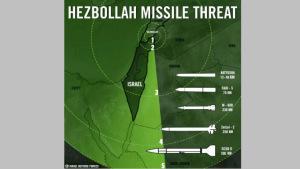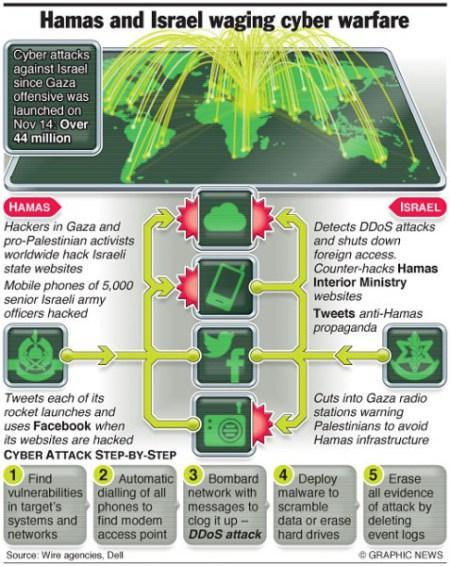 The Israel Defense Force (IDF) Chief of Staff Gadi Eizenkot published on 13th August 2015 a document outlining IDF strategy, including the threats facing Israel and plans to combat them. This is first time- in 60 years – since 1950s when Israeli PM David Ben-Gurion accepted military defense strategy of Israel.
The Israel Defense Force (IDF) Chief of Staff Gadi Eizenkot published on 13th August 2015 a document outlining IDF strategy, including the threats facing Israel and plans to combat them. This is first time- in 60 years – since 1950s when Israeli PM David Ben-Gurion accepted military defense strategy of Israel.
In the introduction of the 33-page document, Eizenkot states the broad mission of the IDF – Securing the existence of the State of Israel, ensuring it is a democratic and Jewish home for the Jewish people, safeguarding a robust economy and society, and boosting Israel’s status throughout the world. Eizenkot says “The approach as consolidated in this document … will be the compass for deploying and developing force.”
The document details what can be expected from the IDF during three types of situations: Routine time, emergency situations and wartime. Based on this division, conflicts like Operation Protective Edge and Operation Pillar of Defense are considered confrontations limited in their scope and are therefore define as “emergency,” rather than “war.” This means these confrontations were meant to bring Israel “back to a situation of calm, without striving for an immediate strategic change,” so the IDF cannot be expected to bring down the Hamas regime in Gaza in such a military campaign, unless the political leadership tells it otherwise.

Other changes which the document recommends are an improvement in the effectiveness of ground manoeuvres, diversifying operational capabilities in order to tackle specific operations rather than all-out war or conflict and the need to maintain intelligence, aerial and naval superiority in the region. Because of that, the IDF will favor fighting with smaller forces that can maneuver quickly and easily between different fronts, over large and stationary forces.
“The basic assumption is that the enemy cannot be defeated with defensive fighting, so an offense is required to achieve clear military results,” the document states.
Another important tier of the new strategy, put on paper officially for the first time, is the need to “reduce civilian, border-adjacent vulnerabilities,” in a manner that would see the IDF evacuate communities that would be placed under imminent danger by the fighting. It is believed the latter was one of the conclusions drawn from 2014’s Operation Protective Edge, during which there was no organized evacuation of the communities adjacent to the Israel-Gaza Strip border.
Setting clear priorities: Eizenkot’s document included a lengthy review of the military’s need and intent to diversify operational capabilities in the “campaign between the wars,” a concept describing the IDF and the intelligence community’s efforts to monitor and undermine the force-building capabilities of Israel’s enemies. CBW represents a series of clandestine military operations, both defensive and offensive, routinely carried out by the military. The document further details some of the military’s strategy when dealing with non-bordering nations, presumably including Iran. Dealing with such nations “is largely based on CBW … to the point of offensive efforts meant to undermine the enemy’s strength, limit its scope of operations and thwart its intentions and abilities.”
The last chapter of Eizenkot’s document focuses on human capital:
“The IDF has always drawn its strength from the quality of its personnel and the deep [public] understanding that the military guarantees Israel’s national existence. The IDF will spare no effort to defend and protect Israel under any circumstances, while exhausting the core characteristics of its commanders and soldiers: a fighting spirit, initiative and quality operation, and the uncompromising desire to achieve our objectives.”
Sources: BICOM, Israel Hayom ja Ynet
Read the full document here (in Hebrew)
IDF Mission
To defend the existence, territorial integrity and sovereignty of the
state of Israel. To protect the inhabitants of Israel and to combat all forms
of terrorism which threaten the daily life.
Appendix:


Related materials
A previous outside analysis about Israeli military doctrine: Israel’s Strategic Doctrine – RAND Corporation
IDF’s public resume about peevious military doctrine: IDF Doctrine
A Slide show:

